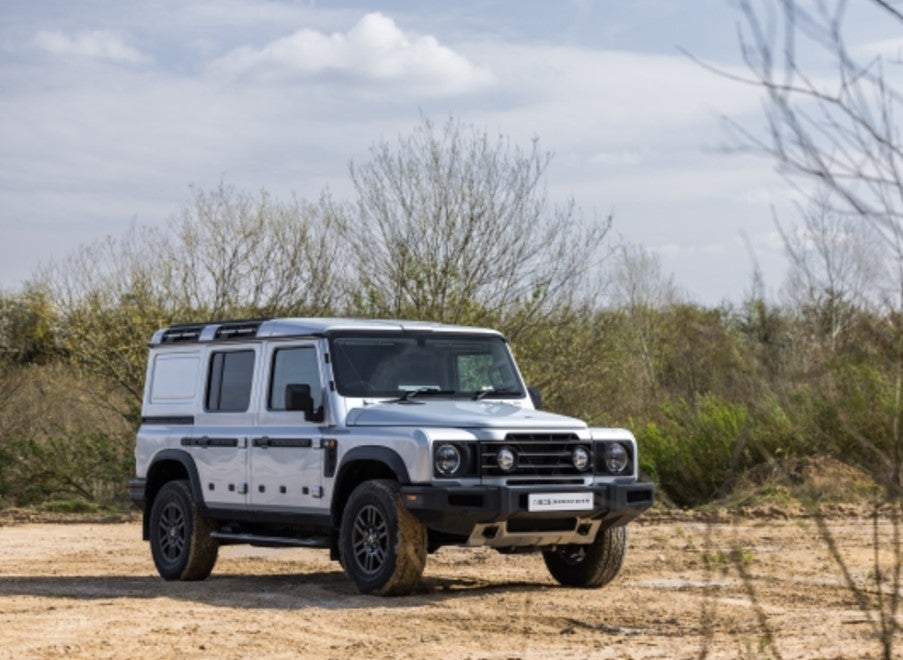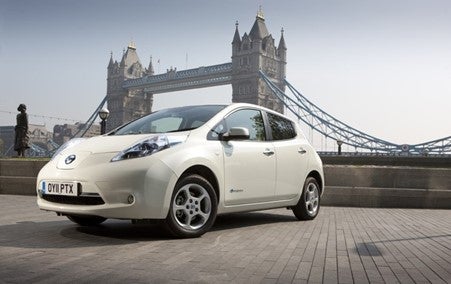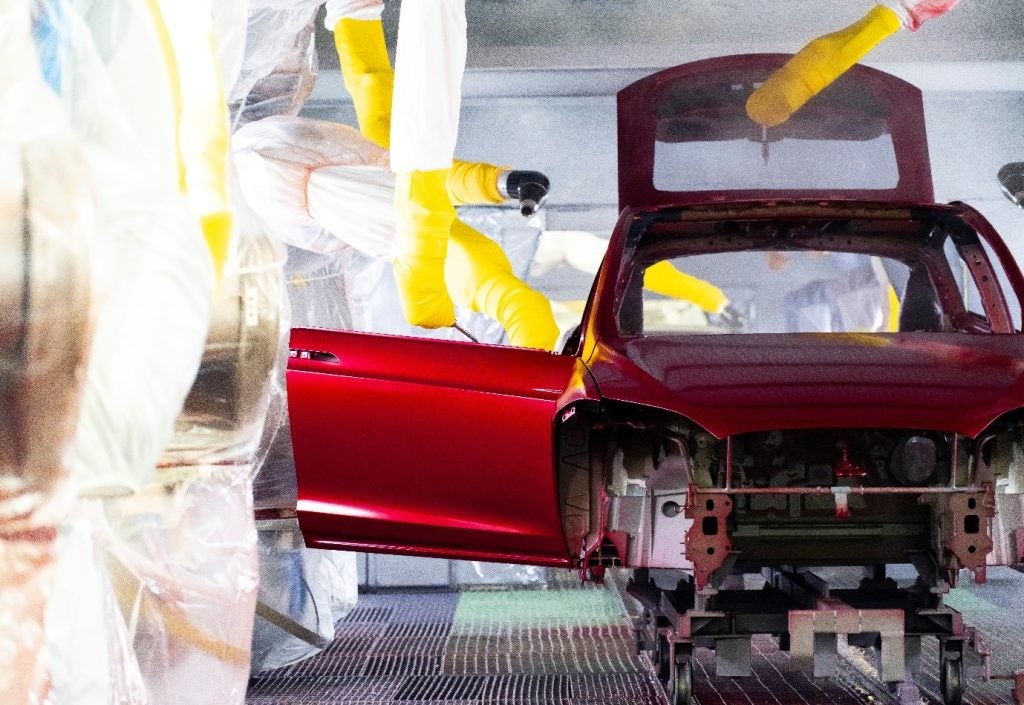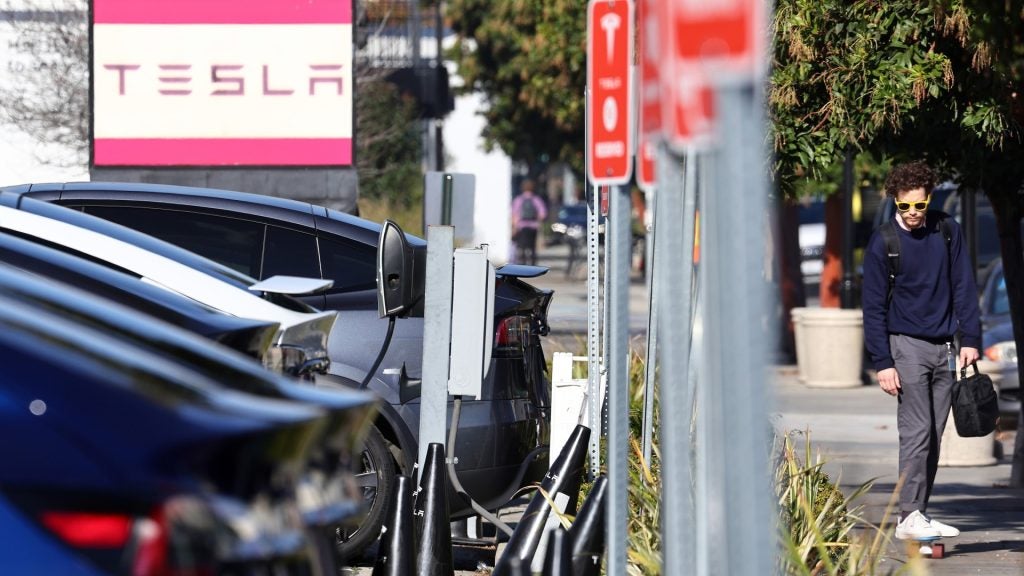Tata Motors' luxury vehicle unit Jaguar Land Rover revealed some of the new and innovative low and zero emission powertrain technologies it is researching at this year’s CENEX Low Carbon Vehicle event. Three Concept_e research demonstrators showcased the research which includes a new unique high performance, modular electric drive module (eDM) developed in-house.
These are claimed to be capable of producing twice the power and torque of any electric motor-generator in production today and can be inserted between any engine and transmission to create an MHEV or PHEV, or used alone for a BEV.
The Concept_e technologies are the output of an advanced powertrain research programme for next-generation hybrid and battery-electric powertrain technologies which began in 2013.
How well do you really know your competitors?
Access the most comprehensive Company Profiles on the market, powered by GlobalData. Save hours of research. Gain competitive edge.

Thank you!
Your download email will arrive shortly
Not ready to buy yet? Download a free sample
We are confident about the unique quality of our Company Profiles. However, we want you to make the most beneficial decision for your business, so we offer a free sample that you can download by submitting the below form
By GlobalDataLed by JLR, this two year, GBP16.3m research project is part-funded by the UK’s innovation agency, Innovate UK1 and involves 12 UK technology partners. It has brought together leading engineers and technologists from academia, the supply chain and industry to create a number of unique and innovative solutions.
Wolfgang Epple, JLR's research and technology chief, said: “This is a long-term research project exploring all aspects of future hybrid and battery electric vehicle technology. The three concept vehicles will allow us to test and develop exciting new potential technologies that could form part of our low and zero emissions vision beyond 2020.
“The project is also helping to develop the UK’s skills and capabilities in alternative powertrains. We are serious about helping the UK become a world-wide leader in powertrain technologies. Collaborative research programmes like this allow us to multiply the effect of our own R&D investment and nurture the UK’s technology supply chain. This approach is helping to develop the skills and technologies that will make the UK even more competitive in the future.”
Innovate UK CEO Ruth McKernan said: “Our GBP230m investment in the sector over the past eight years has helped the industry complete a remarkable turnaround, with the UK now seen as the pre-eminent global hub for automotive innovation.”
The Mild Hybrid is based on a Range Rover Evoque donor vehicle and features a prototype diesel engine (90 PS) and a 48V electrical system. It incorporates a 15 kW crank integrated motor with disconnect clutch within a hybrid module sandwiched between the engine and nine speed automatic transmission. The motor-generator is powered by an advanced 48-volt electrical system and 48-volt lithium ion battery pack.
The Plug-In Hybrid employs a similar architecture to the MHEV but with a prototype petrol engine (300 PS) and eight speed transmission longitudinally mounted within a Range Rover Sport donor vehicle. The electric motor is capable of up to 150 kW and also takes up the function of the starter motor. The motor draws electrical energy from a 320-volt lithium ion battery packaged in the boot. The hybrid powerplant drives through the conventional automatic gearbox and the full time four-wheel drive system is retained.
The BEV is a bespoke research demonstrator based on aluminium vehicle architecture. The underbody has been modified to mount the 70 kWh HV lithium ion traction battery and electric axle drive (EAD) units. The front drive unit features a single speed transmission coupled with an 85 kW electric motor. The rear drive unit features a twin speed transmission coupled with a 145 kW electric motor.
Epple added: “We have a wide-ranging low emissions technology strategy which has created innovations like our Ingenium engine family and lighter vehicles. Technologies like these have already helped us reduce our fleet CO2 average by 25% in recent years.
“Our future vision is to continue to reduce emissions and improve fuel efficiency while still delivering the luxury, performance, refinement and comfort our customers expect. Whether it’s optimising the internal combustion engine, advanced hybrid and battery-electric propulsion systems, the introduction of new, lightweight materials or the improvement of energy conservation through more efficient heating and ventilation technologies, we are leaving no stone unturned to ensure our vehicles emit significantly less emissions in the future.”
Separately, GKN Driveline said it had helped develop the new electric drive technologies showen by JLR.
The supplier designed, developed and integrated two eAxles into the BEV powertrain, including a single speed and a two-speed transmission. Both eAxles build on existing eDrive technology already in series production on leading hybrid electric vehicles, with engineers adapting them for use on a heavier, all-wheel drive SUV platform.
GKN Automotive engineering head Peter Moelgg said: “The project has demonstrated the flexibility and adaptability of GKN’s technology to a wide range of applications. We took eAxles primarily designed for city and performance-focused vehicles and engineered them for a completely different application that required good off-road capabilities. The technology developed for the Concept_e project certainly has production potential and the data generated from this project will be useful for future developments.
“GKN has been shaping the future of hybrid electric technology for the past 10 years with programmes such as the Mitsubishi Outlander, BMW i8 and Porsche 918 Spyder so we were pleased to lend our expertise and experience to this fantastic project.”
The single-speed eAxle, coupled with an 85 kW electric motor, is utilised on the vehicle’s front axle and has been engineered to operate at 15,000 rotations per minute. The two-speed eAxle, based on the eAxle developed for the BMW i8, helps power the rear wheels and offers electric power across the BEV’s entire speed range. It is coupled with a 145 kW electric motor.
Due to the vehicle’s tight packaging requirements, GKN’s engineers rotated the two-speed gearbox by approximately 120 degrees compared to its series production application.
The unique position of this transmission created the need to optimise and ensure lubrication to critical areas within the gearbox. GKN developed and validated a bespoke oil guide to guarantee sufficient oil flow to the gear shift mechanism, bearings and seals during all driving conditions.
The combination of the two eAxles allows permanent all-wheel drive capability and high torque at low speed from the 2-speed gearbox for dynamic driving.
The technology was developed by engineers based at GKN Driveline’s Birmingham and Lohmar facilities, with support from colleagues in Italy.








